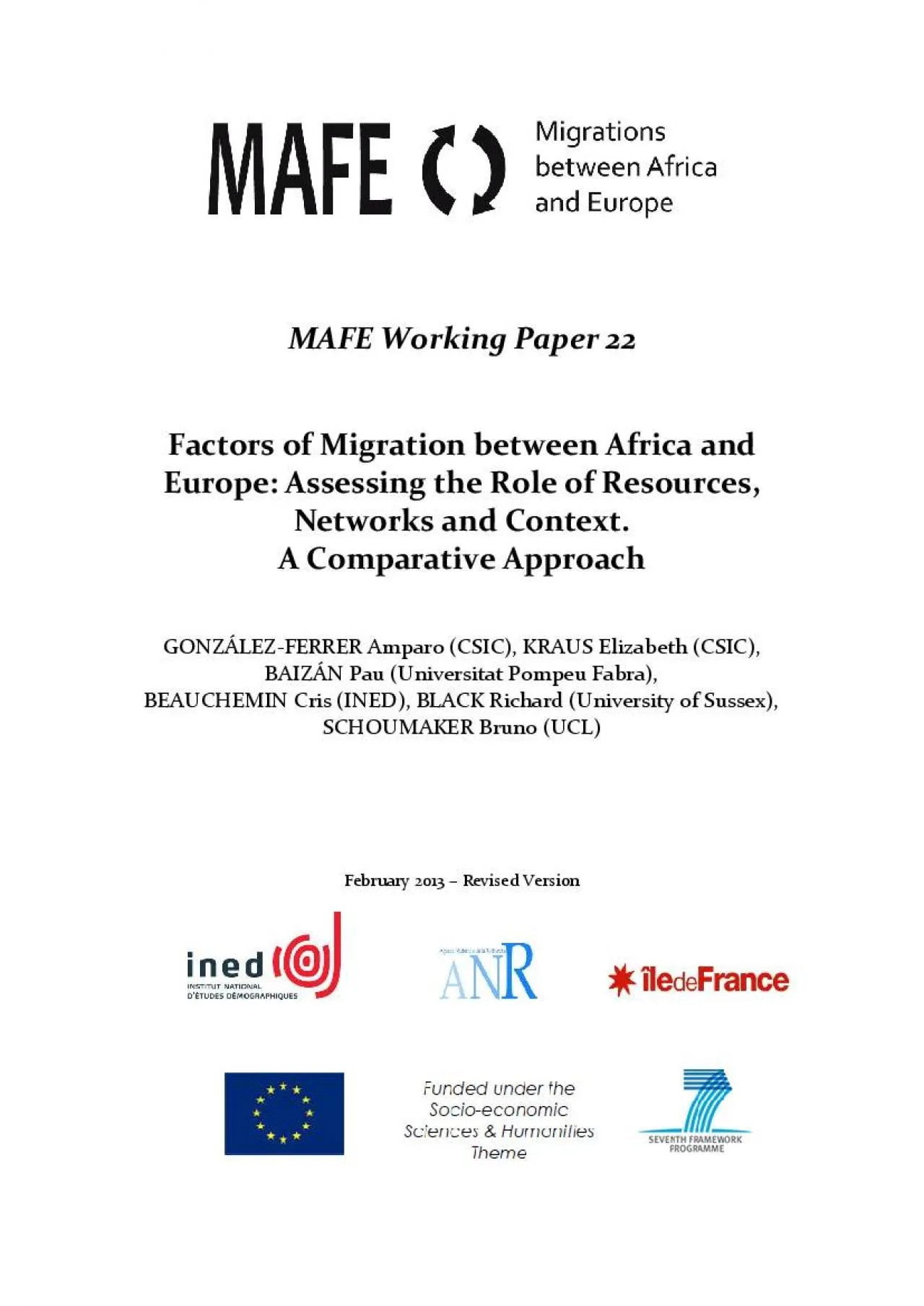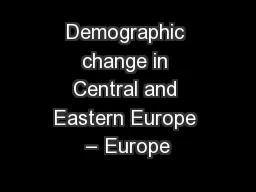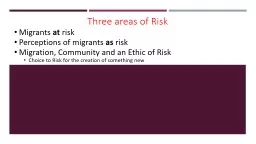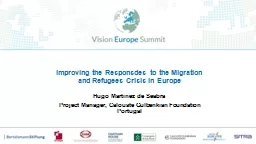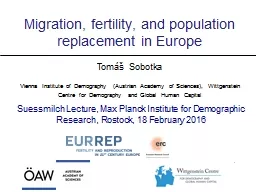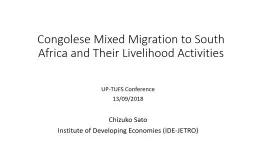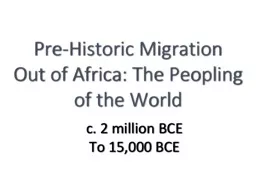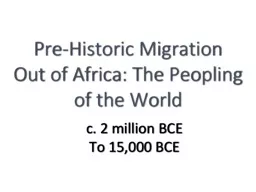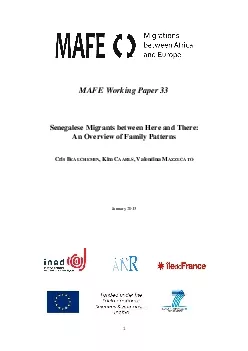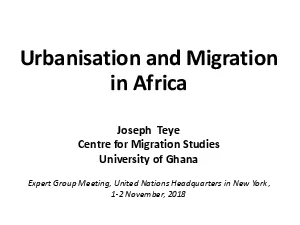PDF-MAFE Working Paper 22Factors of Migration between Africa and Europe As
Author : ashley | Published Date : 2021-10-05
The MAFE project is coordinated by INED C Beauchemin and is formed additionally by the Universit catholique de Louvain BSchoumaker Maastricht University V Mazzucato
Presentation Embed Code
Download Presentation
Download Presentation The PPT/PDF document "MAFE Working Paper 22Factors of Migratio..." is the property of its rightful owner. Permission is granted to download and print the materials on this website for personal, non-commercial use only, and to display it on your personal computer provided you do not modify the materials and that you retain all copyright notices contained in the materials. By downloading content from our website, you accept the terms of this agreement.
MAFE Working Paper 22Factors of Migration between Africa and Europe As: Transcript
Download Rules Of Document
"MAFE Working Paper 22Factors of Migration between Africa and Europe As"The content belongs to its owner. You may download and print it for personal use, without modification, and keep all copyright notices. By downloading, you agree to these terms.
Related Documents

